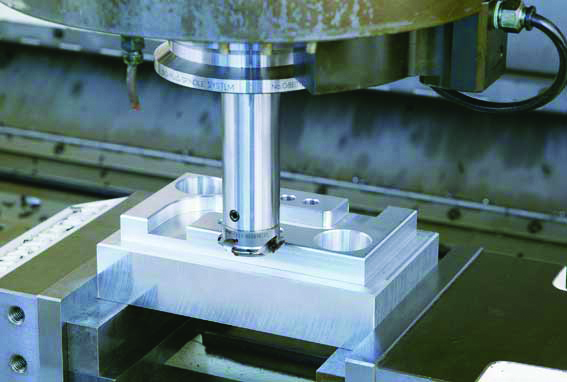R-Cutter CKB-Type Modular Round Chamfering Tool
R-Cutter CKB-Type Modular Round chamfering-tool/" data-glossary-id="142011" data-glossary-teaser="Cutter or wheel that creates a beveled edge on a tool or workpiece." title="Cutter or wheel that creates a beveled edge on a tool or workpiece." aria-label="Glossary: chamfering tool">Chamfering Tool
BIG KAISER has introduced the R-Cutter CKB Type, a new modular round chamfering tool. The R-Cutter CKB3 and CKB5 is an ultrahigh-feed front and back radius chamfering mill, which features high rake angles that reduce cutting resistance and minimize burr generation.

BIG KAISER has introduced the R-Cutter CKB Type, a new modular round chamfering-tool/" data-glossary-id="142011" data-glossary-teaser="Cutter or wheel that creates a beveled edge on a tool or workpiece." title="Cutter or wheel that creates a beveled edge on a tool or workpiece." aria-label="Glossary: chamfering tool">chamfering tool. The R-Cutter CKB3 and CKB5 is an ultrahigh-feed front and back radius chamfering mill, which features high rake angles that reduce cutting resistance and minimize burr generation.
The R-Cutter CKB Type offers a unique insert geometry, providing extreme sharpness. The radius chamfering mill is offered as a four-insert design to cut in the tightest of spaces and for higher feed rates.
The CKB connection is equipped with a floating drive pin, which engages on both sides into respective pockets in the mating part. The tapers on the pins and the angles on the pockets are engineered to permit an automatic balancing of the two resulting torsional forces.
Additionally, the CKB connection allows for an array of standard shanks and extensions to be adapted with the heads to create "custom" tools to extend over 16 inches, maintaining damping near the cutting edge and managing vibration in long-overhang setups.





